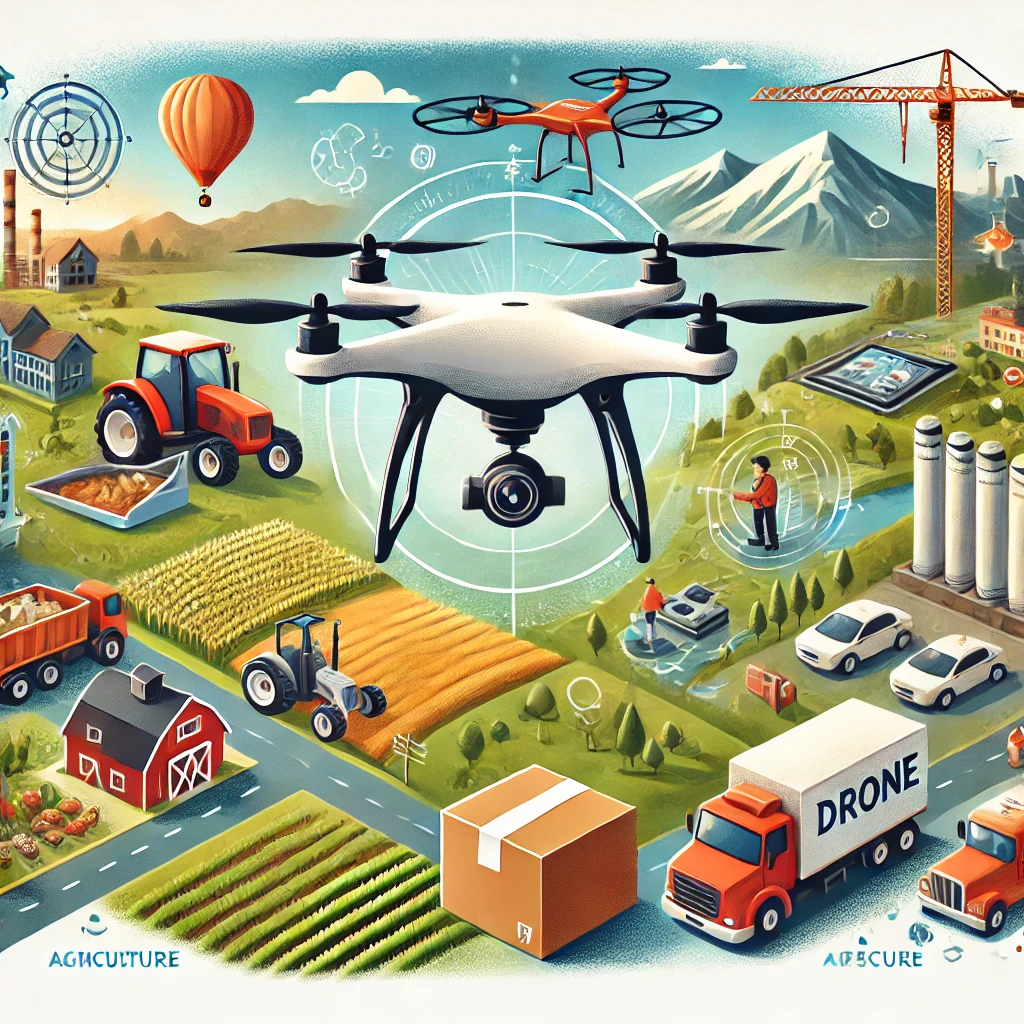Introduction to Drone Technology and its Benefits in Modern Life

Introduction
In this modern era, drones have become an essential tool in various industries. From aerial documentation, land mapping, to infrastructure inspection, drone technology provides more efficient, faster, and accurate solutions. For companies like Aeroking.co.id, drones are not just a work tool, but an integral part of digital transformation in various sectors.
What is a Drone?
A drone, also known as an Unmanned Aerial Vehicle (UAV), is an unmanned aircraft that can be remotely controlled or run automatically with a GPS system. Initially used for military purposes, drone technology has now developed and been applied in various sectors.
Main Components of Drones
Frame: The main structure to which all components are attached.
Propeller: Generates lift for flight.
Camera: The main tool for visual documentation, often used for aerial photography and video.
Controller: The tool for controlling the drone, usually via remote or app.
Battery: The main power source for drone flight.
Sensors: Help the drone avoid obstacles and carry out missions with precision.
Types of Drones Based on Their Purpose
Consumer Drone: Suitable for aerial photography and videography hobbies. Example: DJI Mini 3 Pro.
Commercial Drones: Used for professional applications such as mapping, inspection, and surveying. Example: DJI Mavic 3 Pro.
Industrial Drones: Designed for heavy-duty tasks such as transportation of goods, agriculture, and monitoring. Example: DJI Matrice Series.
Benefits of Drones in Modern Life
Photography and Videography: Helps produce high-quality images and videos from angles that conventional cameras cannot reach.
Mapping and Surveying: Drones with technologies like LiDAR or multispectral cameras can create 2D/3D maps quickly and accurately.
Infrastructure Inspection: Safely and cost-effectively inspect bridges, towers, rooftops, and other installations.
Farm Management: Drones can monitor crop health, detect poor irrigation, and spray pesticides efficiently.
Rescue Operations: Used for search and rescue in dangerous or hard-to-reach areas.
Tips to Operate Drones Safely
Know the Local Regulations: Make sure you understand the rules for drone use in your area.
Check Drone Condition Before Flying: Make sure the battery is full, the propeller is in place, and the GPS is working.
Choose Open Areas: Avoid flying near crowds, tall buildings, or no-go zones.
Keep a Safe Distance: Avoid flying the drone too close to people or property.
What Future Drones Are Coming?
AI and IoT integration: Drones will get smarter with object recognition capabilities and automated data analysis.
Autonomous Drones: Capable of completing missions without human intervention.
Improved Battery Life: Flight duration will be longer, supporting long-distance missions.
Wider Application: From goods delivery to ecosystem monitoring, drones will continue to find their place in everyday life.
Conclusion
Drones have become a technology that not only makes work easier, but also opens up new opportunities in various sectors. As this technology continues to evolve, its potential applications will continue to expand, helping individuals and companies to achieve their goals in innovative and efficient ways.
